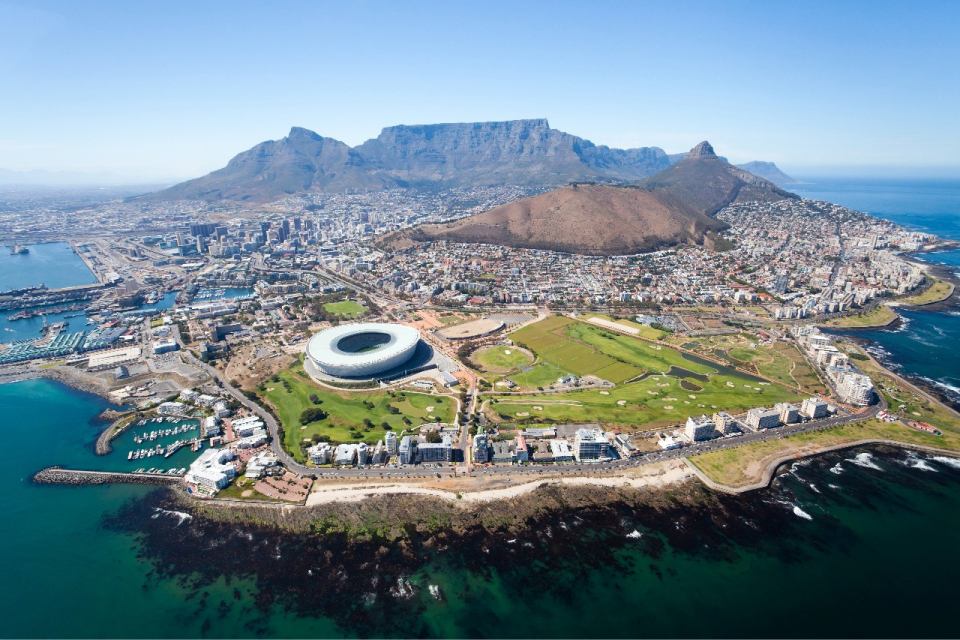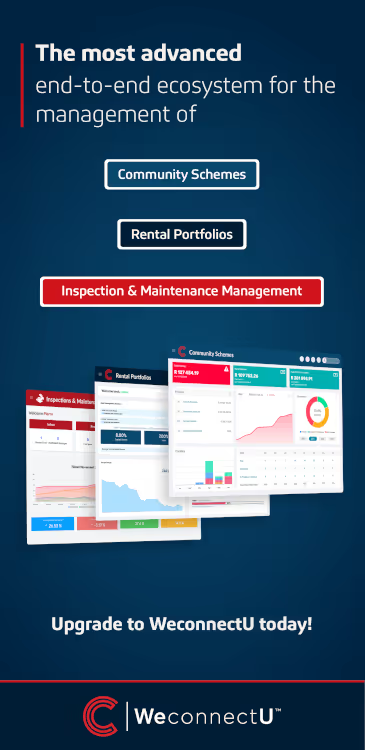Inside Estate Living: SA’s fastest-growing Property Trend
- Estate properties have quadrupled since 2003, now topping 490,000 homes.
- Security, lifestyle, and resilience drive record demand from affluent buyers.
How Estate Living became South Africa’s new normal
Once a niche reserved for the elite, estate living has become a defining feature of South Africa’s property landscape, a lifestyle that blends security, convenience, and community with reliable long-term value.
Two decades ago, gated estates were a small slice of the housing market. Today, they’re one of its strongest growth engines. Lightstone data shows how sharply preferences have shifted:
- In 2009, freehold homes made up 66% of sales.
- By 2023, freehold dropped to 56%, while sectional title rose to 29% and estate sales climbed from 11% to 15%.
That swing represents a fundamental shift in how South Africans choose to live, toward security, shared amenities, and managed infrastructure.
Defining the new South African estate
Residential estates come in many forms from sprawling golf and eco developments to boutique wine and marina enclaves. Collectively, they now account for more than 490,000 homes nationwide, nearly four times more than in 2003.
These communities offer controlled access, private infrastructure, and services that stretch from backup power to water security, often making them self-sufficient micro-cities within the country’s broader urban framework.
Why Estates are booming
Crime remains a major driver, the World Bank estimates crime costs South Africa roughly $40 billion a year, nearly 10% of GDP, but the appeal of estates goes far deeper.
- Security and resilience: High walls, 24-hour access control, solar grids, and water independence make estates more reliable than municipalities.
- Lifestyle and convenience: Shared gyms, clubhouses, clinics, co-working hubs, schools, and golf courses create communities that integrate work, wellness, and leisure.
- Shared economies of scale: Costs are pooled across hundreds of owners, funding amenities that single households couldn’t maintain alone.
The many faces of Estate Living
- Golf Estates - Icons like Fancourt (George), Steyn City (Midrand), Val de Vie (Paarl) and Leopard Creek near the Kruger remain the gold standard for secure, luxury living.
- Eco & Wildlife Estates - Found in Limpopo, Mpumalanga and KwaZulu-Natal, these let owners live in conservation areas among wildlife, powered by solar and rainwater systems.
- Marina Estates - Coastal sanctuaries like Thesen Islands (Knysna) and St Francis Links fuse waterfront living with tight security and limited supply — sustaining premium values.
- Wine Estates - Unique to the Western Cape, estates like De Zalze and Val de Vie blend vineyard heritage with modern luxury and consistent capital growth.
Shifting buyer expectations
A new generation of buyers sees property as more than a house, it’s a managed lifestyle.
“Younger purchasers tend to favour sectional title units for affordability,” says Bradd Bendall, National Head of Sales at BetterBond. “But affluent and aspirational buyers are drawn to estates that offer safety, stability, and connection. Estate living isn’t just about bricks and mortar; it’s about quality of life and long-term value.”
According to Lightstone, estate homes command nearly double the average price of freehold properties, confirming their position as both status symbol and investment asset.
Even amid slower national sales volumes in 2024, Stats SA recorded robust price inflation, 9.5% in the Western Cape and 6.8% in Limpopo in early 2025.
Where the money Is flowing
The Africa Wealth Report by Henley & Partners shows how wealth migration reinforces the trend:
- The Western Cape now hosts 17,300 millionaires, concentrated around Cape Town, the Winelands, and the Garden Route.
- Gauteng follows with roughly 14,000 millionaires, spread across Sandton, Midrand, and Pretoria East.
Most of the country’s large estates are still clustered in Johannesburg’s northern suburbs, yet the Western Cape dominates in premium value, particularly the Cape Winelands, Southern Suburbs, and Whale Coast.
Why investors should pay attention
Estate properties have proven remarkably resilient through economic cycles. With interest-rate cuts expected through 2025, demand is likely to surge again. Limited stock in top estates will give sellers leverage and support higher prices.
For investors, the rationale is clear:
- Stable capital growth and lower risk due to professional management
- High rental desirability among corporate tenants and expatriates
- Built-in infrastructure resilience, solar, boreholes, fibre, and security
“Whether you’re a first-time buyer pooling resources or an investor seeking lifestyle and returns,” Bendall says, “estates are the benchmark of modern South African living.”
Way Forward
Estate living is no longer a luxury outlier, it’s the new centre of gravity in South African residential property. These communities promise safety, sustainability, and belonging in an uncertain world.
As urban pressures mount and infrastructure falters, expect more South Africans to move behind the gates - not just for status, but for survival and value.





.avif)

.avif)


.avif)

.avif)




.svg)

.avif)

.avif)







%20.avif)







.avif)
%20.avif)
